. 21/09/2024 12:49 PM
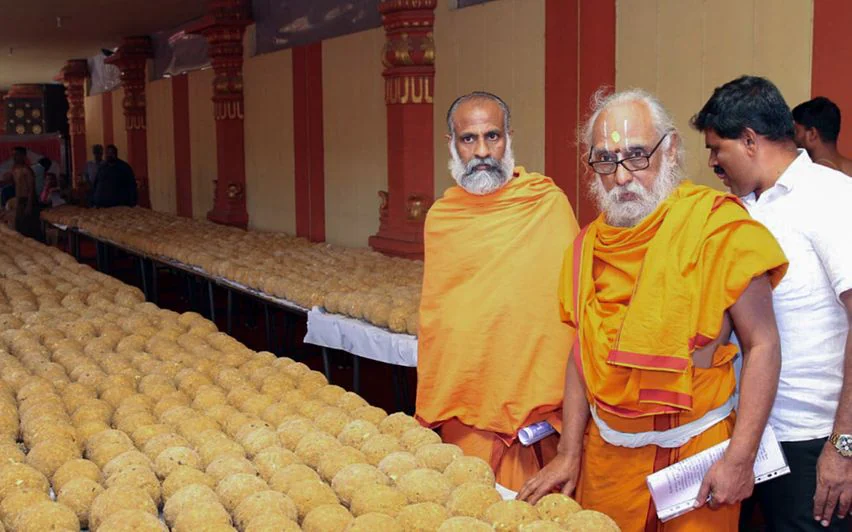
A controversy arose in Tripura when a report revealed that the ghee used in laddoos were adulterated with beef tallow (cow fat), fish oil, and pork fat. This discovery sparked widespread outrage as it violates the dietary restrictions of both Hindus and Muslims.
Why This Is a Problem?
The offering of Tirupati laddus dates back over 300 years, starting in 1715. In 2014, the Tirupati laddu received GI (Geographical indication) status, preventing anyone else from selling laddus under that name.
The controversy involves allegations by the ruling Telugu Desam Party (TDP) in Andhra Pradesh that the ghee used for making the famous Tirupati laddus contains beef tallow, lard (from pigs), and fish oil. TDP spokesperson Anam Venkata Ramana Reddy presented a purported lab report claiming that these animal fats were used instead of pure ghee during the previous YSR Congress Party (YSRCP) government led by YS Jagan Mohan Reddy. This has sparked significant political tension and public outcry regarding the purity of offerings at the Tirupati temple.
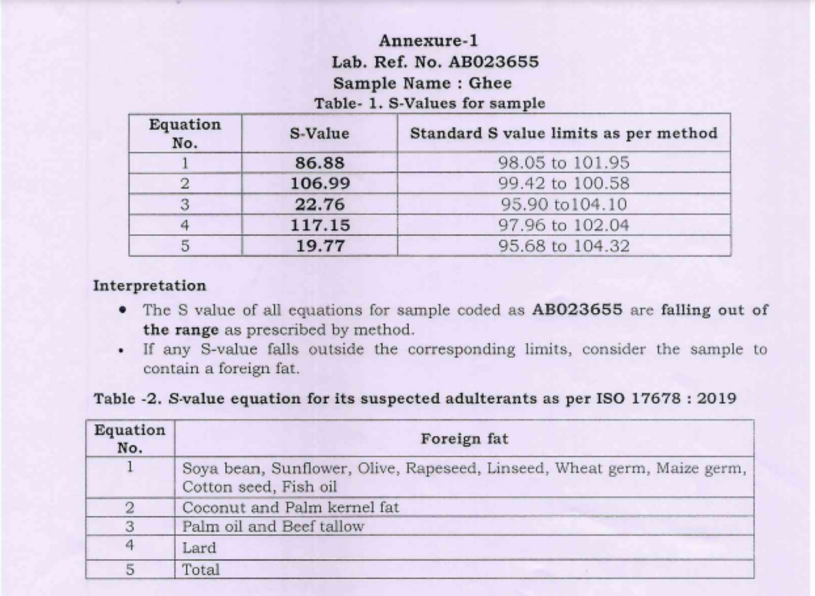
How are Tirupati laddus Made?
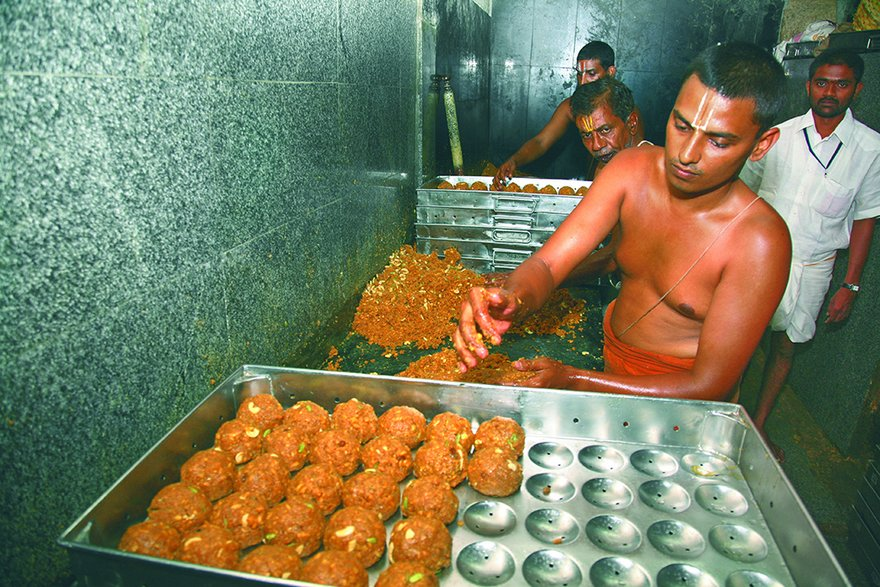
The preparation process for the Tirupati laddu, known as ‘dittam’, specifies the exact ingredients and their quantities to ensure consistency and quality. This meticulous process has only been altered six times in its long history. The laddus are made in the temple’s kitchen, called the ‘Potu’, and include ingredients like gram flour, sugar, ghee, cashew nuts, raisins, and cardamom.
What is Beef Tallow?
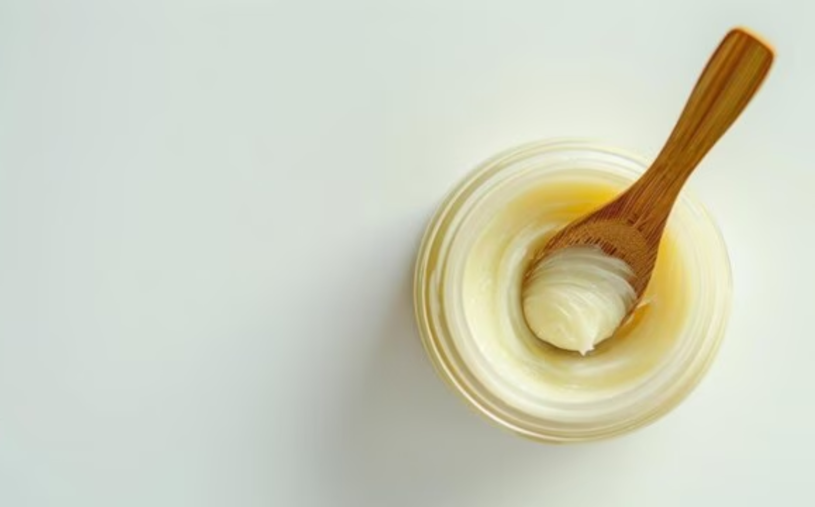
Beef tallow is rendered fat derived from cattle, particularly from the fatty tissues surrounding organs like the kidneys (known as suet). It is produced by slowly heating the fat to melt it down, which separates the pure fat from any solid impurities. Once melted, the fat is strained and allowed to cool, solidifying into a white, butter-like substance at room temperature.
What is Lard?
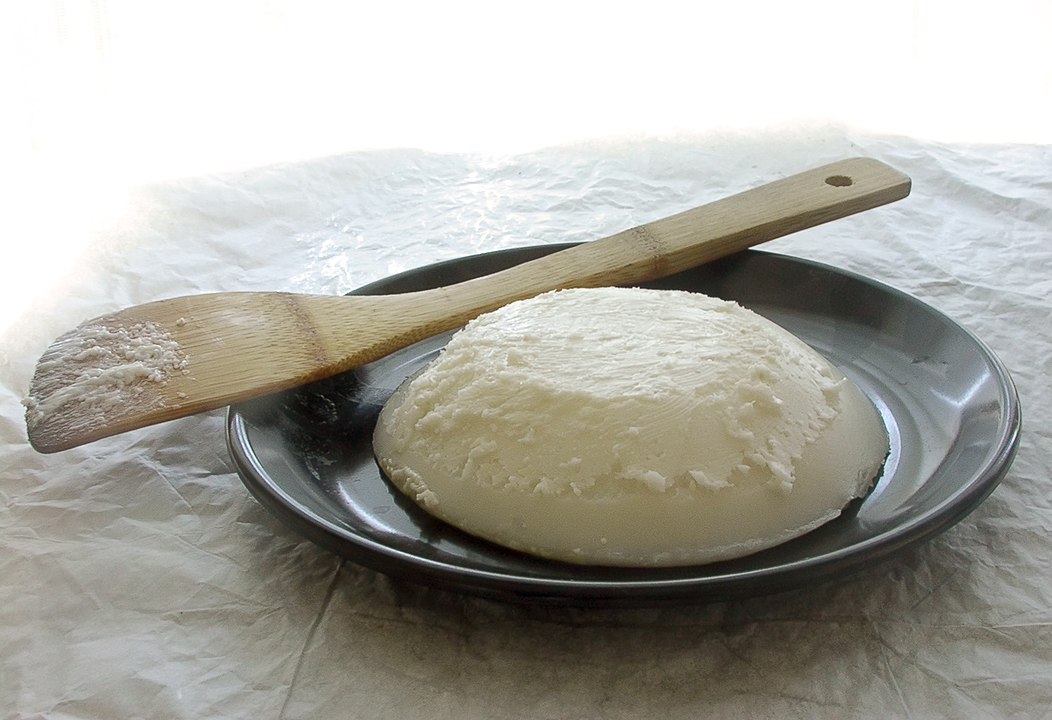
Lard is a type of fat that is derived from the fatty tissue of pigs. It is typically produced by rendering, which involves melting the fat and separating it from any solid impurities. Lard has a creamy white color and a soft, buttery consistency at room temperature.
What is Fish oil?
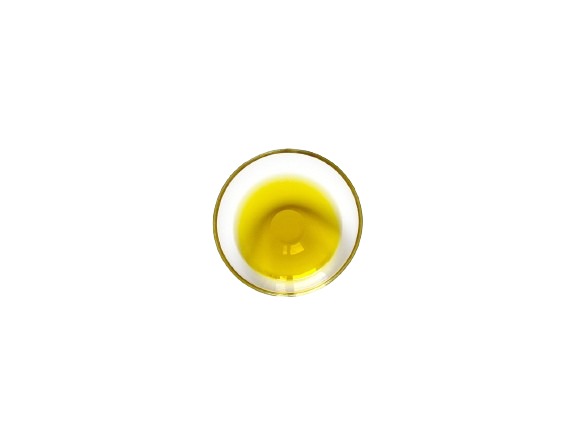
Fish oil is a type of fat extracted from the tissues of oily fish, such as salmon, mackerel, sardines, and herring. It is rich in omega-3 fatty acids, particularly Eicosapentaenoic acid (EPA) and docosahexaenoic acid (DHA), which are known for their numerous health benefits.
What is the History of Tirupati Temple?
The ancient cluster of temples, including the Lord Venkateswara Temple at Tirumala, has a rich history spanning nearly 900 years. Over this time, it has been governed by various empires, such as the Pallavas, Cholas, and the Vijayanagara Empire. Each empire contributed to the temple's administration and architecture, reflecting the cultural and religious significance of this sacred site throughout history.
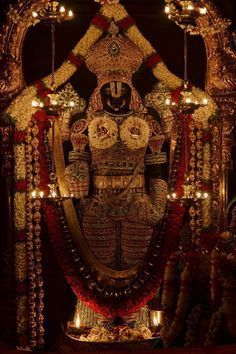
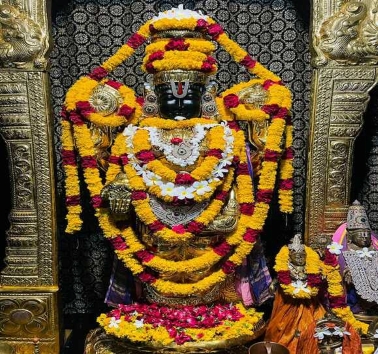
How Old is Tirupati and What is Its Historical Significance?
Tirupati is powerful due to its dedication to Lord Venkateshwara, an incarnation of Vishnu, believed to grant wishes in the current age. The self-manifested idol enhances its spiritual significance, supported by rich legends and miraculous phenomena, such as the idol's ever-growing hair. While stories of a 12-year closure exist, there’s no historical evidence for this. The temple’s stunning architecture, unique traditions, and ability to handle millions of pilgrims daily make it a major spiritual destination for devotees.
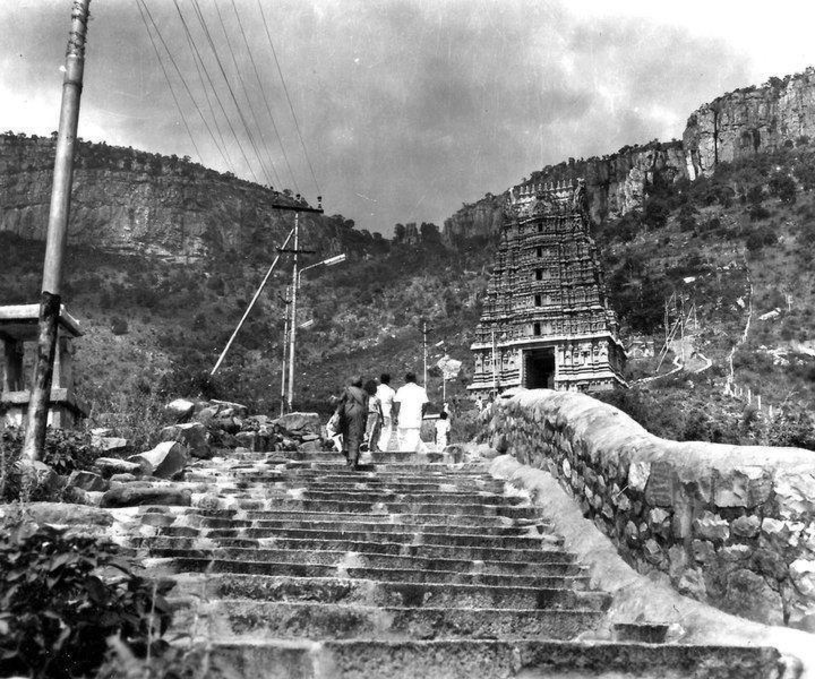
The Tirumala Main Temple is dedicated to Lord Sri Venkateswara, also known as Srinivasa, Balaji, and Veṅkaṭachalapati, who chose Tirumala as his abode five thousand years ago. Before him, Lord Varahaswami also resided there. Over the years, many devotees have built grand entrances to the temple. The entire temple complex covers 16.2 acres of land.
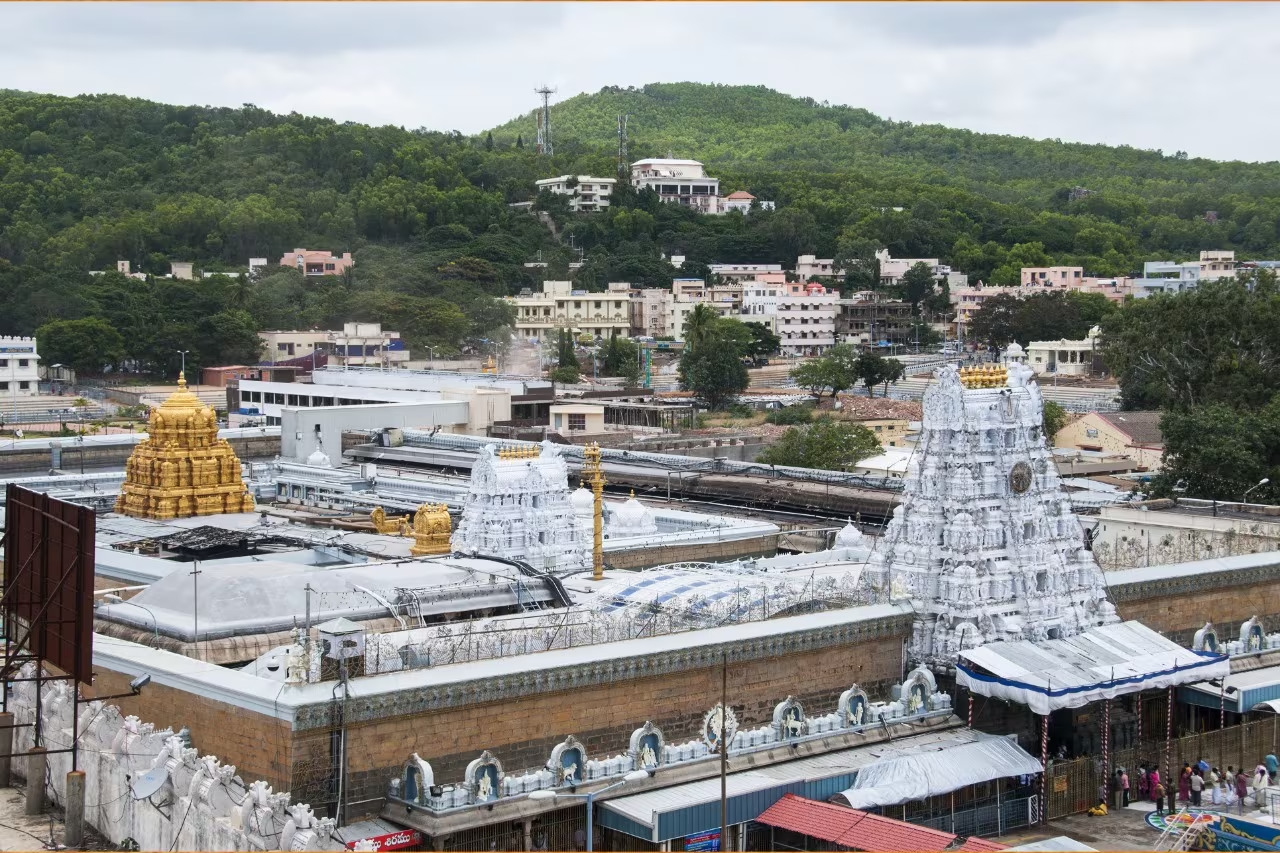
This controversy highlights the need for accountability, transparency, and respect for cultural and religious practices in food production.